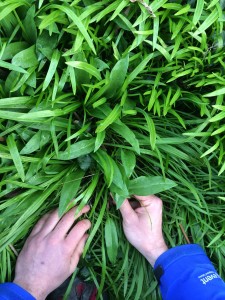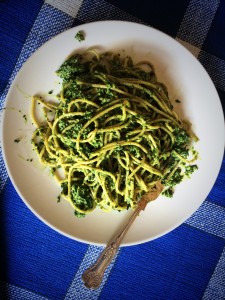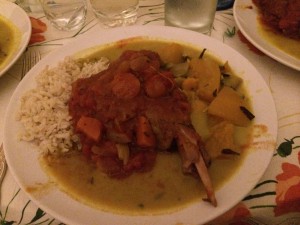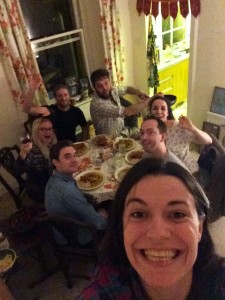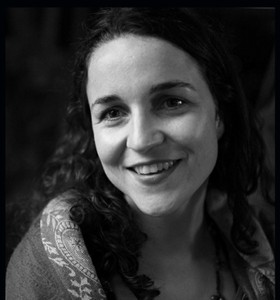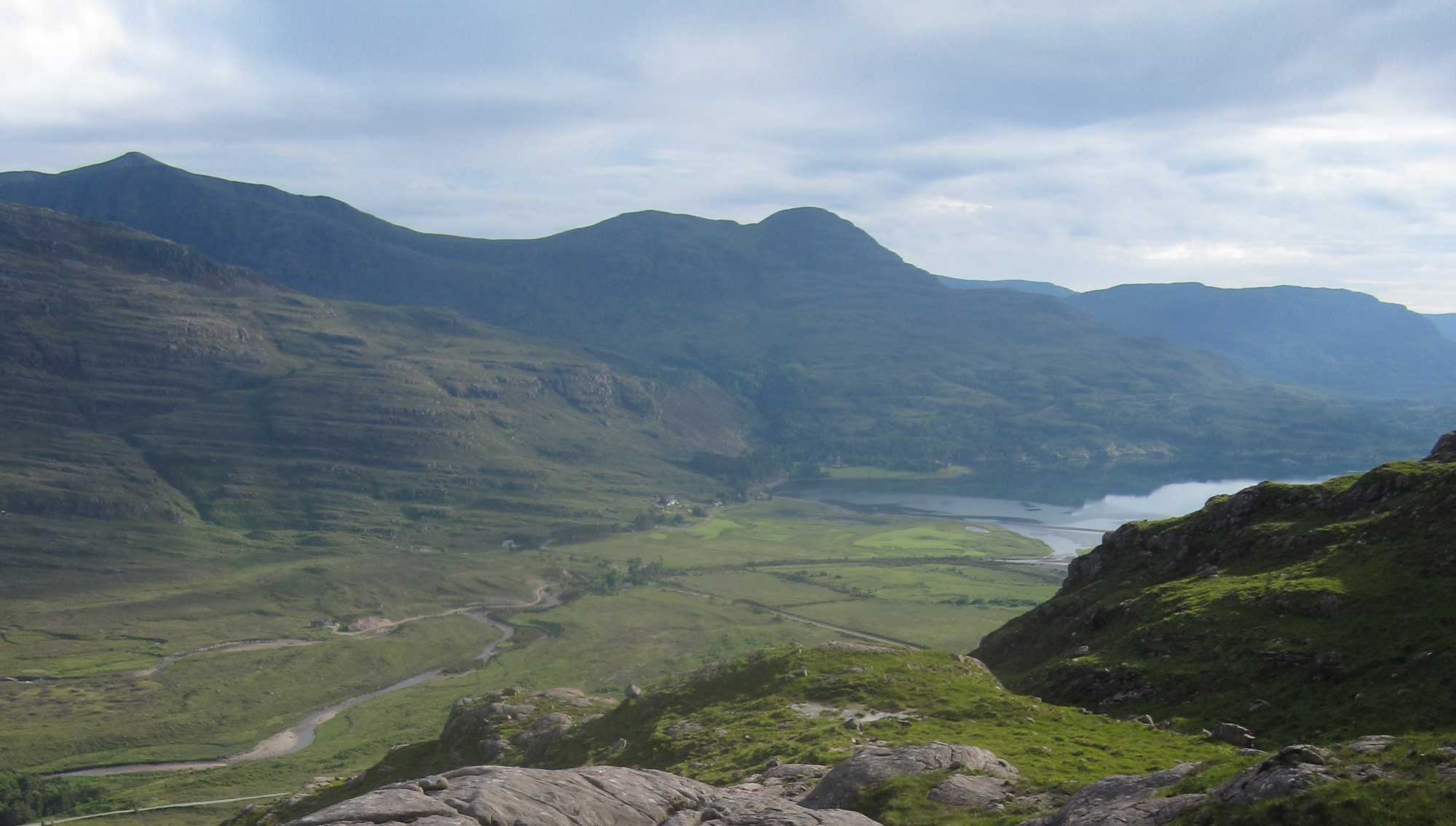
Rabbit features in much of our childhood literature but it will also feature in the kill to eat diet.
I am often asked why I have not eaten more rabbit on this journey. The simple answer is that it takes time to learn to shoot a rabbit properly. There is also the Watership Down problem.
Rabbits are cute, there is no question about it. I used to watch the 1970s film Watership Down when I was a child. The book is even more enchanting, painting a picture of a whole civilisation of rabbits with their own religion and culture.
Researching this blog, I was surprised by how many people have Watership Down tattoos.
Seeing the film again, and watching the sooty spirit rabbit dancing around the sun, you can almost see why.
“All the world will be your enemy, Prince with a Thousand Enemies, and whenever they catch you, they will kill you. But first they must catch you, digger, listener, runner, prince with the swift warning. Be cunning and full of tricks and your people shall never be destroyed.”
My first kill was a rabbit and it was upsetting. But I’m not writing about it in this blog. In fact it was the proposal chapter I sent to Bloomsbury to get the deal, so if you want to read it, you’ll have to buy the book… (out Aug ’16)
It made me realise how difficult it is to kill any wild animal and it was also my first experience of stalking. Being still and silent as the evening settles in is the best way to see animals in the wild, probably because you are behaving like one yourself. I vowed to spend more time engaged with the wildlife around me, rather than just passing through.
As a consequence I’ve got more into foraging for wild vegetarian food, which also brings you into contact with nature. This spring I discovered wild garlic. I was taught how to identify it by Fiona Houston, who lived for a year as a woman in the 18th Century. She also gave me a recipe for wild garlic pesto – basically bung it all in a mixer with hazelnuts, lemon juice and olive oil and hey presto!
When I finally got round to killing a second rabbit it was an Easter bunny. It sounds like a sick joke but in fact it is one of the best times to harvest the animals. Rabbits breed like, well, rabbits and are pregnant or feeding young most of the year. Killing before it is warm enough to have a litter in the burrow, means you are less likely to kill a doe that is feeding kits.
It also meant I had plenty of time to practise rifle shooting. Like driving a car, it is not something you should learn from your family. I found the best teachers were men who had been in the army and had professional lessons themselves. The secret is to get in a position where bones and earth are supporting the gun, rather than muscle, that can shake.
Also you have to learn how to breathe, its a bit like yoga. You have to breathe to be calm but also to be still, squeezing the trigger on the out-breath when you are at your most stable.
As I have already confessed in this blog, I know little about guns. Like any sensible person, I am extremely cautious around them and always treat them with respect: Checking the gun is empty before handling it, checking and re-checking my surroundings, only shooting when there is a safe backdrop. Now, with a bit of confidence, I am beginning to understand the mechanics. Usually a rabbit would be shot with a .22 rifle, meaning the bore – or barrel of the gun – measures twenty-two hundredths of an inch in diameter.
In the end I shot the rabbit at about 120 yards using a .17 calibre rifle, that has a more narrow barrel but is more powerful, meaning it can be used at longer range. This was because I stalked up to a colony of rabbits grazing outside their burrows in the evening from across a valley.
The sun was setting as I ran up to retrieve the rabbit. She was shot in the back of the head behind the eye. It is a very difficult to relate your feelings (you really need to write a book about it), but I did feel grateful. Not only for a clean shot – and to the rabbit – but for the beauty of the countryside. Laying in wait I had seen hares, partridge and a deer. The sun was going down behind the hill and the gorse shone yellow in the last rays.
Later on I regretted not taking a photo for the blog but looking back I realise it was because I was so focused on what I was doing, I did not consider taking a photograph – a rare confession for someone from the smart phone generation.
I have heard some experienced shots say focus on the target. I really felt that is what I did, to the exclusion of anything else, and it seemed to work.
My father showed me how to skin the rabbit. I know, something every boy learns as a child from the SAS Handbook. It comes off with surprising ease, like pulling a jumper over your head. I’m afraid the fur was not put to good use but the meat was taken home.
Eating the rabbit with friends completed the journey and made me feel like it was a job done well.
Rabbit is one of the most sustainable kinds of meat you can eat. They are considered ‘pests’ by many farmers and will be killed anyway. But be warned most rabbit in restaurants is from rabbit farms in France. The animals are fatter and the flesh more tender and less gamey, which is how chefs prefer them (personally I love the gamey taste). But good local butchers should have proper wild rabbit or just go and chat up the local gamekeeper (always my preferred method).
Certainly my friends all welcomed wild rabbit as an acceptable dish when I am invited them over for dinner. I can’t say it was a particular recipe I followed, I just fried the meat off then threw it in with some onions, carrots, tomatoes and wine and served it with a pumpkin curry I learned to make whilst working in Sri Lanka. Ask if you want the recipe!
There was an uncomfortable moment when one of my friends admitted to breeding champion pet rabbits as a child – and went for the veggie option – but other than that it went down rather well. We shared one rabbit between six of us, as another point of this blog is to show you don’t need a huge amount of meat to make a meal. Before long my friends were picking up the bones and gnawing at the meat to get the last juicy scraps.
Rabbits may be cute and we all love Watership Down. But perhaps sourcing the meat myself and sharing it with my friends is in the spirt of self-determination that the book advocates?

